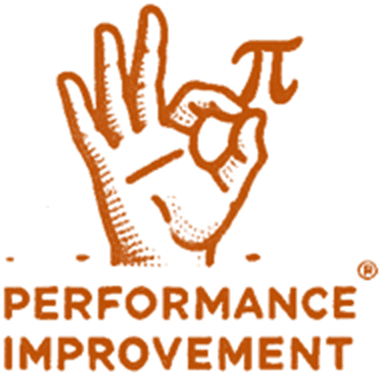
In the world of business and innovation, complexity is often the enemy of progress. But what if there were a way to simplify challenges, focus on impactful solutions, and drive continuous improvement with precision? Enter the Excellence Simplex—a mathematical methodology designed to break traditional boundaries and offer a clear path toward solving problems effectively.
This framework combines analytical rigor with practical adaptability, giving leaders, entrepreneurs, and problem-solvers a powerful tool to navigate complexity with clarity. Let’s explore the five transformative steps of the Excellence Simplex
"Details make perfection but perfection is not a detail."
Step 1: Contextualize and Isolate the Problem (CIP)
Every problem begins with understanding. In this step, we dive deep into the issue, dissecting its nuances within its unique context. The twist? We also isolate the problem, ensuring it doesn’t cascade into unrelated areas, avoiding unnecessary chaos.
By contextualizing while isolating, you build a controlled environment for analysis, focusing only on what matters. Think of it as defining the battlefield before deploying your strategy.
Step 2: Weighing Causes as Vectors (α, β, δ)
Here’s where the math meets the art. Causes are not all equal, and the Excellence Simplex captures this by representing each potential cause as a vector with three components:
- α (Utility): How impactful is this cause?
- β (Simplicity): How easy is it to resolve?
- δ (Evolution): How adaptable is this cause over time?
Each vector must add up to 1, ensuring every cause is analyzed with balance and precision. These parameters provide a quantitative profile for each cause, guiding decision-making with objective clarity.
Step 3: Visualization in a Triangle (α + β + δ = 1)
InData becomes actionable when it’s visualized. In this step, the vectors are plotted within a triangular space, with each axis representing one of the three components—utility (α), simplicity (β), and evolution (δ).
The position of each vector within the triangle provides a clear picture of its unique characteristics. Causes closer to the center suggest a balanced mix of all three components, while those near the edges may require further examination.
Step 4: Dynamic Prioritization
The brilliance of the Excellence Simplex lies in its ability to focus efforts dynamically. By selecting a center point within the triangle, you establish a priority zone. Causes near this center become the initial focus, as they represent the most critical combination of utility, simplicity, and adaptability.
This prioritization ensures that resources and efforts are directed where they will have the greatest impact, avoiding scattershot solutions.
Step 5 : Iterative Mastery.
Problem-solving is rarely linear. After addressing initial causes, the Excellence Simplex encourages a return to Step 2 for reevaluation. By reassessing the vectors and recalculating priorities, you create a continuous improvement loop.
This iterative process refines the approach over time, adapting to evolving challenges and uncovering deeper insights. It’s not just about solving today’s problem; it’s about mastering the art of ongoing problem-solvin
Whether you’re leading a startup, managing a project, or addressing operational inefficiencies, the Excellence Simplex offers a framework to:
- Simplify complexity without losing depth.
- Focus efforts on what truly matters.
- Adapt dynamically to changing circumstances.
With the Excellence Simplex, problem-solving becomes not just a task but a disciplined journey of innovation and growth.
